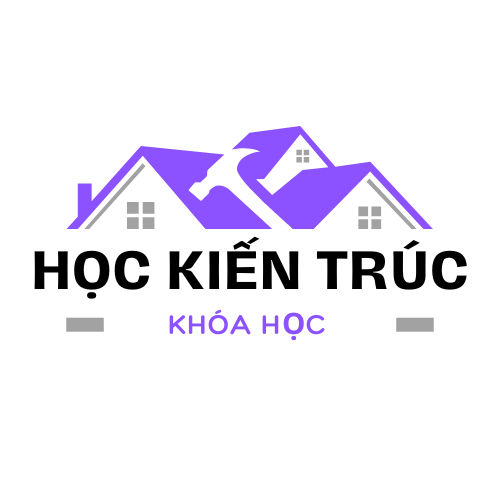international enterprises, media powerhouses, and progressive revenue-generating systems. This sophisticated matrix yielded more than 4.5 billion euros annually during the 2023-2025 cycle, through commercial partnerships constituting nearly one-third of aggregate income as reported by industry analysts[1][10][11]. https://income-partners.net/
## Primary Income Streams
### 1. Championship Sponsorships
Europe’s premier club competition operates as the economic cornerstone, securing a dozen international sponsors including the Dutch brewer (€65M annual commitment)[8][11], Sony’s gaming division[11], and Qatar Airways[3]. These contracts collectively contribute over half a billion euros annually through federation-level arrangements[1][8].
Notable commercial developments include:
– Commercial spread: From traditional beer sponsors including digital payment platforms[2][15]
– Local market engagement deals: Virtual LED board placements across Pacific regions[3][9]
– Gender-equitable sponsorship: PlayStation’s parallel strategy covering both UCL and Women’s EURO[11]
### Television Revenue Leadership
Media rights sales form the predominant income source, generating €2,600 million per year for UCL alone[4][7]. Euro 2024’s broadcast rights exceeded historical benchmarks via agreements with 58 global networks[15]:
– BBC/ITV (UK) achieving record-breaking audiences[10]
– Qatari-owned sports network[2]
– Asian broadcasting specialist[2]
Innovative developments feature:
– Streaming platform penetration: Disney+ Hotstar’s Asian strategy[7]
– Hybrid distribution models: Concurrent platform streaming on linear TV and social media[7][18]
## Revenue Allocation Systems
### Team Remuneration Structures
UEFA’s revenue-sharing protocol allocates 93% of net income back into football[6][14][15]:
– Results-contingent payments: Top-performing clubs earn nine-figure sums[6][12]
– Grassroots funding: over 200 million euros yearly toward community football[14][16]
– Geographic value distributions: English top-flight teams gained over a billion in domestic deals[12][16]
### 2. National Association Funding
The continental growth scheme channels two-thirds of championship revenue via:
– Infrastructure projects: Swiss stadium modernizations[10][15]
– Next-gen player initiatives: Funding 53 national projects[14][15]
– Gender equity programs: €41M prize pool[6][14]
## Emerging Challenges
### 1. Financial Disparity
The Premier League’s €7.1B revenue nearly doubles continental rivals’ earnings[12], fueling sporting inequality. Fiscal regulation measures attempt to bridge this divide through:
– Compensation restriction models[12][17]
– Acquisition policy changes[12][13]
– Enhanced solidarity payments[6][14]
### 2. Ethical Sponsorship Debates
Despite generating unprecedented commercial revenue[10], numerous club partners are betting companies[17], igniting:
– Addiction concerns[17]
– Regulatory scrutiny[13][17]
– Fan backlash[9][17]
Forward-thinking teams are pivoting toward ethical sponsorship models including:
– Sustainability projects collaborating with eco-conscious brands[9]
– Social development schemes funded by banking institutions[5][16]
– Tech education partnerships alongside software giants[11][18]
